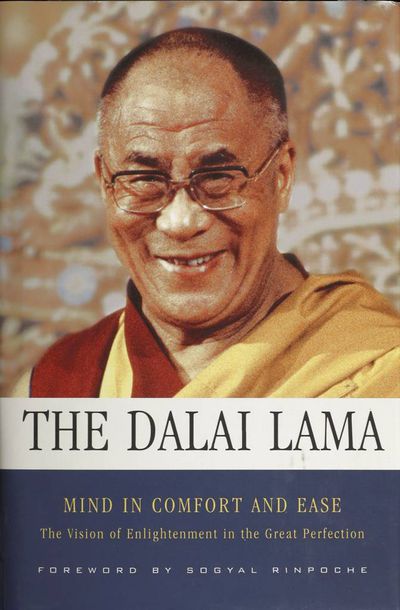- Verses of Homage by Kyabjé Trulshik Rinpochevi
- Foreword by Sogyal Rinpocheix
- Prefacexv
- PART ONE:
- KEY PRINCIPLES OF THE BUDDHADHARMA1
- 1 Introduction3
- 2 Transforming the Mind15
- 3 Appearance and Reality29
- 4 The Question of Consciousness41
- 5 Overcoming the Causes of Suffering49
- PART TWO:
- FINDING COMFORT AND EASE IN MEDITATION ON THE GREAT PERFECTION69
- 6 The Ancient Tradition of the Nyingmapas71
- 7 The Uniqueness of the Great Perfection77
- 8 The Environment and Places Conducive to Meditation91
- 9 The Individual Practitioner101
- 10 Self and Selflessness117
- 11 Life, Death, and Practice131
- 12 The Dharma to Be Practiced: The Preliminaries139
- 13 Bodhichitta, the Heart of the Awakened Mind143
- 14 Taking the Bodhisattva Vow155
- 15 The Empowerment of Padmasambhava and His Eight
Manifestations173 - 16 The Clear Light179
- 17 A Review of the Teaching193
- 18 The Wisdom of Rigpa205
- THE ROOT TEXT
- Finding Comfort and Ease in Meditation on the Great Perfection
by Longchen Rabjam227
- Appendix: Historical Perspectives253
- Notes267
- Glossary283
- Bibliography289
- Acknowledgments299
- Index301



